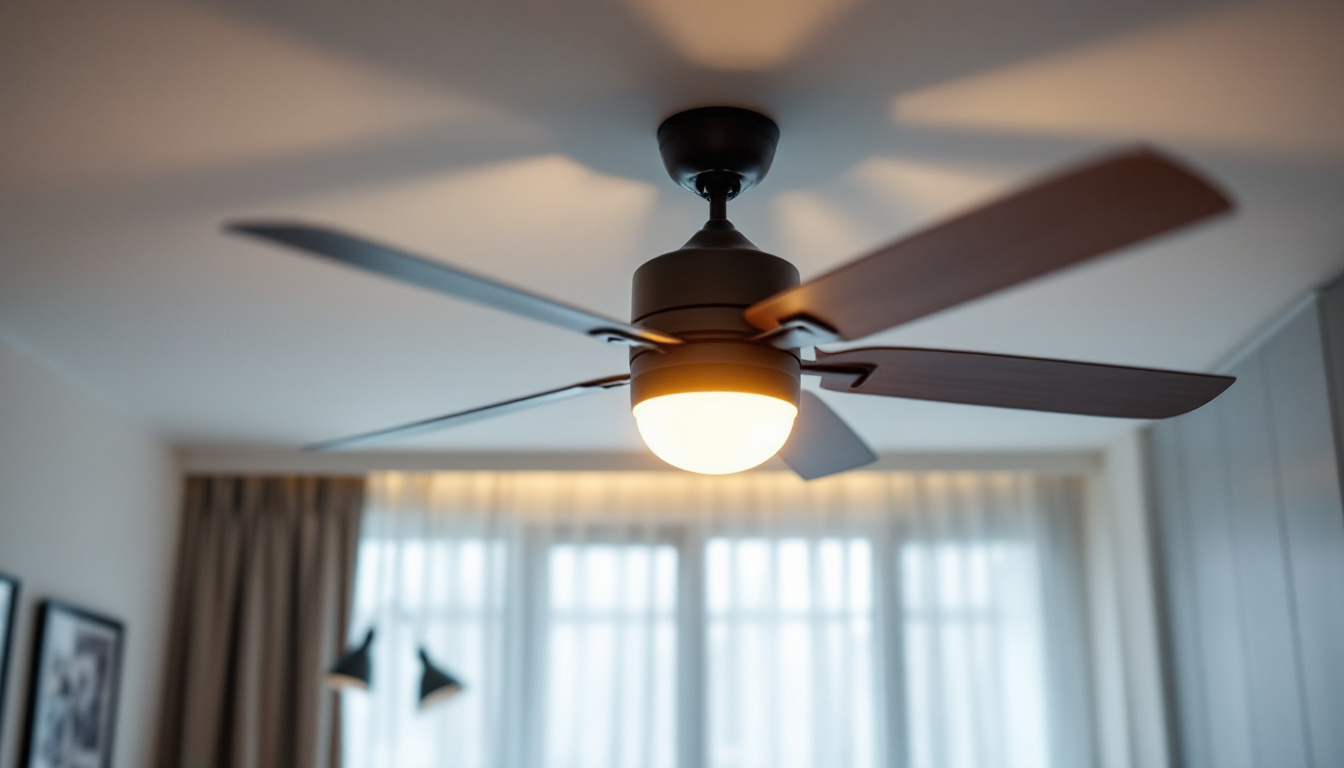
In the world of electrical installations, understanding the intricacies of three-way switches is essential for lighting contractors. These switches allow for the control of a single light fixture from two different locations, making them a popular choice in residential and commercial settings. This guide aims to provide a comprehensive overview of three-way switches, covering their operation, wiring methods, installation tips, and troubleshooting techniques.
Three-way switches are unique devices that enable the control of lighting from two separate locations. Unlike standard single-pole switches, which have two terminals, three-way switches come with three terminals: one common terminal and two traveler terminals. This configuration allows for a more versatile control system, enhancing the functionality of lighting in various spaces. Whether you’re illuminating a long hallway or managing the ambiance in a spacious living room, three-way switches provide the flexibility needed to optimize lighting conditions.
The operation of three-way switches can be somewhat confusing at first. When one switch is flipped, it changes the path of electricity flowing to the light fixture. This is achieved by connecting the common terminal to one of the traveler terminals, thus completing the circuit. The other switch can then either complete or break the circuit, depending on its position. This system allows for flexible control of lighting, making it ideal for hallways, staircases, and large rooms. For instance, in a staircase setting, one switch at the top and another at the bottom can ensure that you never have to fumble in the dark, providing safety and convenience as you navigate between floors.
There are primarily two types of three-way switches: mechanical and smart switches. Mechanical switches are the traditional type, operated manually by flipping the switch. Smart switches, on the other hand, can be controlled remotely via smartphone apps or voice commands, offering added convenience and functionality. These smart devices often integrate with home automation systems, allowing users to set schedules, adjust brightness, and even change colors of the lighting, creating a personalized atmosphere for any occasion.
Choosing between these types often depends on the specific needs of the project and the preferences of the client. Mechanical switches are generally more cost-effective, while smart switches provide advanced features that can be appealing to tech-savvy homeowners. Additionally, smart switches can contribute to energy efficiency by allowing users to monitor and control their energy usage more effectively. For example, you can set your lights to turn off automatically when no one is home, reducing unnecessary energy consumption and lowering electricity bills. As technology continues to evolve, the integration of three-way switches into smart home systems is likely to become increasingly common, making them an essential consideration for modern home design.
Wiring three-way switches requires a clear understanding of electrical principles and safety protocols. Proper wiring ensures that the switches function correctly and safely. Below is a step-by-step guide to wiring three-way switches.
Before starting the wiring process, gather the necessary tools and materials. Essential tools include a voltage tester, wire strippers, screwdrivers, and electrical tape. You’ll also need three-way switches, electrical wire (typically 14/2 or 12/2 gauge, depending on the circuit), and wire connectors. Additionally, having a flashlight on hand can be beneficial, especially if you’re working in dimly lit areas or in tight spaces where visibility is limited.
It’s also wise to have a multimeter available for testing the continuity of the connections after installation. This tool can help ensure that your wiring is not only correct but also safe, as it allows you to check for any shorts or improper connections before you finalize the installation.
1. **Turn Off Power**: Safety should always be the top priority. Begin by turning off the power to the circuit at the breaker box. Use a voltage tester to confirm that the power is off.
2. **Identify the Wiring Configuration**: Determine the existing wiring configuration. You may encounter different setups, such as a switch loop or a power feed. Understanding the current setup is crucial for a successful installation. Take note of how the wires are currently connected, as this will guide you in making the correct connections in the new setup.
3. **Connect the First Switch**: At the first switch location, connect the incoming power line to the common terminal of the three-way switch. Then, connect the two traveler wires to the traveler terminals. These wires will run to the second switch. It’s important to ensure that the connections are tight and secure to prevent any potential electrical arcing or failure.
4. **Connect the Second Switch**: At the second switch location, connect the traveler wires to the traveler terminals of the second switch. Connect the common terminal to the outgoing wire that leads to the light fixture. Make sure to double-check the orientation of the switches; improper alignment can lead to functionality issues.
5. **Grounding**: Ensure that all switches are properly grounded. Connect the ground wire to the green grounding screw on each switch. Proper grounding is essential for safety, as it helps prevent electrical shock and ensures that the circuit is protected against surges.
6. **Test the Circuit**: Once everything is connected, turn the power back on and test the switches to ensure they operate correctly. If the switches do not work as intended, turn off the power again and recheck your connections, ensuring that all wires are securely attached and that there are no loose ends.
After testing, it’s a good practice to label your switches if they control multiple lights or fixtures. This can save time and confusion in the future, especially if you plan to expand or modify your electrical system later on. Additionally, consider documenting your wiring configuration with a simple diagram, which can be invaluable for troubleshooting or future renovations.
Successful installation of three-way switches requires attention to detail and adherence to best practices. Here are some tips to ensure a smooth installation process.
Before beginning the installation, it’s essential to plan the layout of the switches and the light fixture. Consider the flow of traffic in the space and the convenience of access to the switches. Ideally, switches should be located at both ends of a hallway or staircase for optimal usability.
Additionally, ensure that the light fixture is positioned to provide adequate illumination for the intended area. This planning phase can significantly enhance the functionality and aesthetics of the lighting setup.
Compliance with local electrical codes and regulations is critical in any electrical installation. Familiarize yourself with the National Electrical Code (NEC) and any local amendments that may apply. This knowledge will not only ensure safety but also protect contractors from potential liability issues.
Always use materials that are rated for the specific application, and ensure that all connections are secure and insulated to prevent short circuits or electrical fires.
Even with careful installation, issues may arise with three-way switches. Understanding common problems and their solutions can save time and frustration during troubleshooting.
If a three-way switch fails to operate, the first step is to check the power supply. Ensure that the circuit breaker is not tripped and that power is reaching the switches. If power is present, inspect the wiring connections for any loose or damaged wires.
Additionally, test each switch individually to determine if one of them is faulty. A defective switch can prevent the entire circuit from functioning properly. Replacing the faulty switch may resolve the issue.
Flickering lights can be a nuisance and may indicate a loose connection. Check all wiring connections at both switches and the light fixture to ensure they are secure. If the connections are tight, consider testing the light bulb itself, as a faulty bulb can also cause flickering.
In some cases, flickering may be due to a compatibility issue with smart bulbs and traditional switches. Ensure that the bulbs used are compatible with the installed switches.
While the basic function of three-way switches is to control lighting from two locations, there are advanced applications that can enhance their utility. Understanding these applications can help lighting contractors offer more comprehensive solutions to clients.
Integrating dimmer switches into a three-way setup can provide additional control over lighting levels. This is particularly beneficial in settings such as dining rooms or home theaters, where adjustable lighting can create the desired ambiance.
To install a dimmer in a three-way configuration, ensure that the dimmer is rated for three-way use. The installation process is similar to that of standard three-way switches, but it’s crucial to follow the manufacturer’s instructions for optimal performance.
With the rise of smart home technology, integrating three-way switches into a smart home system can significantly enhance convenience and energy efficiency. Smart three-way switches can be controlled via mobile apps or voice commands, allowing users to manage their lighting remotely.
When installing smart switches, ensure that the existing wiring is compatible with the smart technology. Additionally, educate clients on the benefits of smart lighting, such as scheduling and energy monitoring, to help them make informed decisions.
Three-way switches are a fundamental component of modern lighting systems, offering flexibility and convenience in controlling lighting from multiple locations. For lighting contractors, mastering the installation and troubleshooting of these switches is essential for delivering high-quality service to clients.
By understanding the operation, wiring methods, and advanced applications of three-way switches, contractors can enhance their skill set and provide innovative lighting solutions. Whether working on residential projects or commercial installations, the knowledge of three-way switches is invaluable in creating functional and aesthetically pleasing lighting designs.
As technology continues to evolve, staying informed about new products and techniques will ensure that lighting contractors remain competitive in the ever-changing landscape of the electrical industry.
Ready to elevate your lighting projects with the best in class products? Look no further than LumenWholesale for all your three-way switch needs and beyond. Our extensive selection of spec-grade lighting products comes at unbeatable wholesale prices, giving you the quality and affordability you deserve. Say goodbye to local distributor markups and hello to hassle-free bulk buying with free shipping. Don’t compromise on quality or cost—choose LumenWholesale for reliable, high-performance lighting that meets the highest industry standards. Make the smart choice for your next project and experience the best value in wholesale lighting today.

Discover the timeless allure of antique light bulbs and explore top strategies from lighting contractors to seamlessly integrate these vintage gems into modern spaces.

Discover the transformative power of ultraviolet light in sanitation with our comprehensive guide tailored for lighting contractors.

Discover how fan light fixtures are revolutionizing the lighting industry and giving contractors a competitive edge.

Discover essential insights into outdoor house lighting that every contractor should know.